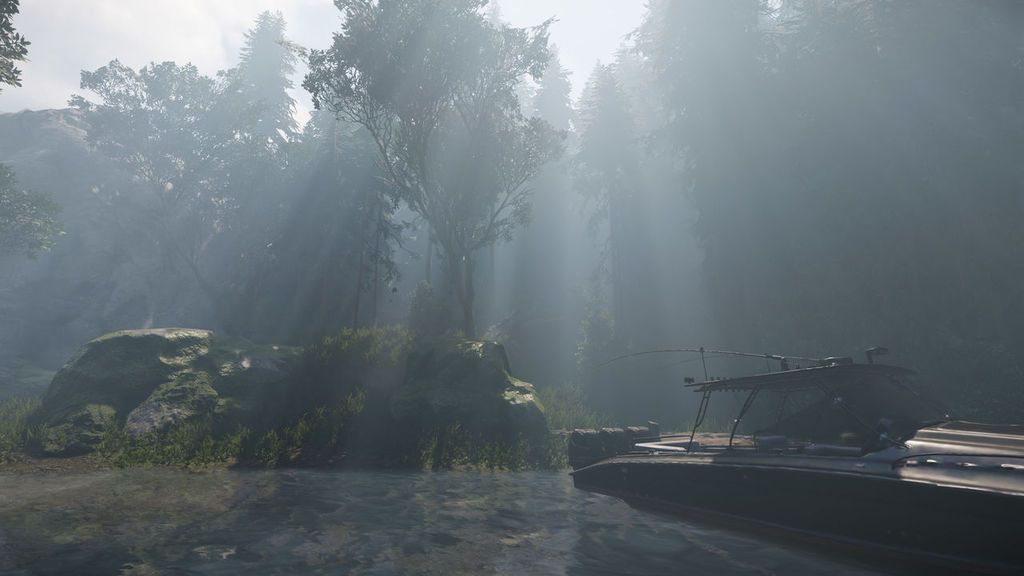Soldato
- Joined
- 14 Aug 2009
- Posts
- 3,487
http://www.overclock.net/t/1569897/...ingularity-dx12-benchmarks/1250#post_24358081
http://www.overclock.net/t/1569897/...ingularity-dx12-benchmarks/1250#post_24358107
Carmack:
It looks like this asynchronous shaders are quite the ace in AMD's pocket. If true, of course.
http://www.overclock.net/t/1569897/...ingularity-dx12-benchmarks/1250#post_24358107
AMD LiquidVR are far better than Nvidia.AMD Latency ~ 11ms , Nvidia Latency ~ 25 to 27ms.
Carmack:
To avoid simulation sickness in the general population, the motion-to-photon latency should never exceed 20 milliseconds (ms).
It looks like this asynchronous shaders are quite the ace in AMD's pocket. If true, of course.





